Your Cart is Empty
Free Shipping over $150 (Excludes Oversized Products)
Free Shipping over $150 (Excludes Oversized Products)
Sanding Belts
Sanding Discs

How To Sharpen Serrated Knives
by David Kranker 7 min read

Quick Summary
Regular maintenance and sharpening are crucial to maintaining the cutting performance of serrated knives, so knowing how to sharpen serrated knives is important. You can sharpen a serrated knife with a sharpening rod, tapered diamond rod, ceramic sharpening rod, or sharpening stone.
With their unique tooth-like edges, serrated knives excel at cutting through difficult surfaces such as bread, tomatoes, and meats. The serrations support increased grip and reduce the chance of the blade slipping on smooth or slippery surfaces. Whether you're preparing a sandwich, slicing a juicy steak, or prepping ripe tomatoes for soup or salad, serrated knives offer precision and efficiency when cutting.
While serrated knives may seem indestructible due to their toothy nature, they still require proper care and attention. Over time, the serrations can become dull, resulting in reduced cutting performance and potentially causing frustration in the kitchen. This is why regular maintenance and sharpening are crucial to preserving their functionality and longevity. In this blog post, the team at Red Label Abrasives outlines everything you need to know about sharpening serrated knives so that you can safely keep your blades in top shape.
Understanding Serrated Knives
The bread knife is perhaps the best-known serrated knife. It features long, scalloped or saw-like serrations along the edge. While its primary purpose is to effortlessly slice through crusty bread without crushing or tearing the soft interior, it can also be used for slicing delicate cakes or pastries with precision.
Other types of serrated knives include:
- Tomato Knife:Tomato knives have small, pointed serrations designed to pierce through the tough skin of tomatoes without squishing the juicy flesh. These knives are also useful for slicing other delicate fruits and vegetables with ease, such as citrus fruits, kiwis, or peppers.
- Steak Knife:Steak knives usually have shorter serrations and a sharp, pointed tip. They are specifically designed for cutting through thick cuts of meat, such as steak, pork chops, or roasts. The serrations assist in cleanly cutting through the meat fibers without tearing.
- Utility Knife: Utility knives come in various sizes and serration patterns. They are versatile tools that can handle a wide range of cutting tasks in the kitchen. From slicing sandwiches and cheeses to trimming vegetables and fruits, a utility knife is an all-purpose serrated knife suitable for everyday use.
Common Misconceptions about Sharpening Serrated Knives:
When it comes to maintaining serrated knives, one of the biggest misconceptions is that they don’t need sharpening due to their tooth-like edges. While it's true that serrated knives retain their cutting ability longer than straight-edged knives, they still benefit from periodic sharpening to maintain optimal performance.
Other misconceptions include:
- Sharpening a serrated knife will remove the serrations entirely, resulting in a straight edge. In reality, sharpening serrated knives involves only sharpening the individual serrations while preserving their unique shape.
- Sharpening serrated knives is a complicated task best left to professionals. However, with the right techniques and tools, this task can be easily accomplished at home.
- Traditional sharpening tools, such as rods or stones, are ineffective for serrated knives. In fact, specialized sharpening rods or tapered diamond rods are designed explicitly for sharpening serrated edges and can restore their cutting prowess.
By debunking these common misconceptions, you'll be better equipped to maintain and sharpen these unique culinary tools.
Tools and Materials Required
When it comes to sharpening serrated knives, having the right tools is essential for achieving optimal results. They include:
- Sharpening Rod: Also called a honing rod or sharpening steel, a sharpening rod is a long, cylindrical tool made of hardened steel or ceramic. It is specifically designed for sharpening and realigning the individual serrations of a serrated knife. Choose one that matches the size and curvature of your serrations for the best results.
- Tapered Diamond Rod: This tool features a tapered design with a diamond coating, allowing you to access the narrow serrations and restore their sharpness effectively.
- Ceramic Sharpening Rod: This type of sharpening rod provides a gentle abrasion that can be used to polish and refine serrations without removing a lot of metal.
- Sharpening Stone: While not as commonly used for serrated knives, a sharpening stone can be employed to sharpen the straight sections of the blade between the serrations. Choose a fine-grit stone for optimal results.
Before You Begin Sharpening
Prioritizing safety is crucial when sharpening serrated knives. Before you begin, take the following steps:
- Secure the Knife: When sharpening a serrated knife, it is essential to have a stable work surface and ensure the knife is securely held in place. A cutting board with a damp cloth underneath can help prevent slippage.
- Proper Hand Placement: Always exercise caution and keep your fingers away from the blade's edge while sharpening. Gripping the knife by the handle and placing your hand away from the sharpening area minimizes the risk of accidents.
- Maintain Consistent Pressure: Apply even and consistent pressure while sharpening the serrated knife. Avoid exerting excessive force, as this may damage the knife or cause the sharpening tool to slip.
- Use Protective Gear: Consider wearing cut-resistant gloves or using a finger guard to protect your hands while sharpening serrated knives. These safety measures can provide an extra layer of protection in case of accidental slips.
It is important to note that different serrated knives may have specific sharpening guidelines provided by the manufacturer. Refer to these instructions, if available, for the best sharpening approach for your knife.
Step-by-Step Guide to Sharpening Serrated Knives
Before you begin sharpening, ensure you have a clean and well-lit workspace. Place a damp cloth or a non-slip mat underneath your cutting board to prevent it from sliding during the sharpening process. Secure the serrated knife firmly, either by gripping the handle or using a knife clamp to keep it steady.
If you’re using a sharpening rod or stone, follow the steps below:
- Using a permanent marker, color the grinds of the serrations to identify the angle at which they are ground into the blade. Match the angle and width of the sharpening rod to each serration, taking into account that different serrations use different parts of the taper.
- Hold the sharpening rod or stone at the same angle as the serration on your knife (typically around 20 degrees). Insert the rod or stone into each serration and move it back and forth in a gentle sawing motion. Repeat this process for all the serrations on the blade.
- Apply consistent pressure while sharpening each serration to ensure even sharpening. Maintain a steady angle throughout the process, ensuring you match the existing angle of the serrations.
- Once a burr is raised in all serrations, proceed to refine the edge and remove the burr. Use a rod on the non-ground side with light passes at a shallow angle, moving the burr to the other side to break it off. Then make light passes on the flat side and alternate sides until the burr is completely removed, leaving a clean, sharp edge. Optionally, use a leather strop to further refine the edges for added sharpness.
Once you’re done, it’s time to test the sharpness. Carefully run the blade over a piece of paper or a tomato. If the knife glides through the material effortlessly and slices cleanly, it indicates a successful sharpening. If needed, repeat the sharpening process or focus on specific serrations that may require further attention.
Tips and Best Practices
To keep your serrated knives performing at their best, regular maintenance is essential. This includes proper cleaning and storing as well as avoiding common mistakes during sharpening.
Cleaning Serrated Knives
You should clean your serrated knives properly after each use. Use warm water, mild dish soap, and a soft sponge or cloth to gently clean the blade. Pay close attention to the serrations, removing any food particles or debris that may be lodged in between. Avoid using abrasive materials or harsh chemicals that can damage the blade or affect its sharpness.
Storing Serrated Knives
Avoid storing your knives loose in drawers, where they can bump against other utensils and become dull or chipped. Opt for a knife block, magnetic strip, or knife sheath to keep the blades protected and secure. Make sure the knives are dry before storing them to prevent any moisture buildup.
Avoiding Common Mistakes While Sharpening
It's important to avoid common errors when sharpening serrated knives to ensure their performance and longevity. These mistakes include:
- Over-sharpening:Avoid excessive sharpening, as it can wear down the serrations or alter their shape. Only sharpen the serrations until they regain their sharpness, without removing excessive amounts of material.
- Inconsistent Angles: Maintain a consistent angle while sharpening the serrations to ensure uniformity. Deviating from the original angle of the serrations can lead to an uneven edge, affecting the knife's cutting performance.
- Neglecting Straight Sections:While the focus is on sharpening the serrations, it's important not to overlook the straight sections between them. These areas can be sharpened using a sharpening stone or a fine-grit sharpening rod to maintain a well-rounded cutting edge.
Want to Make Your Own Serrated Knives?
Sharpening serrated knives is a vital skill for anyone who makes or uses these unique blades. Regular maintenance, including proper cleaning and storing, is crucial to preserving their functionality and longevity. Remember to prioritize safety, use the appropriate tools, and practice proper maintenance to keep your serrated knives in top shape for years to come.
Our Knife Making Belt Kits
If you’d like to actually make your own serrated knives, Red Label Abrasives offers high-quality sanding belts, sheets, and even complete knife making kits designed for the creation and maintenance of all kinds of blades. If you have questions or would like to place an order, call 844-824-1956 or fill out our contact form today!
ABOUT THE AUTHOR
David Kranker is a writer and creative maker who has been covering the abrasive and knife-making industries on the Red Label Abrasives Blog since 2020. David spends his time continually researching sanding and bladesmithing to provide readers with the latest and greatest information. In his free time, David utilizes abrasives for many different home and auto projects at his home in Delton, MI.
Belt Packs Made For Knife Makers
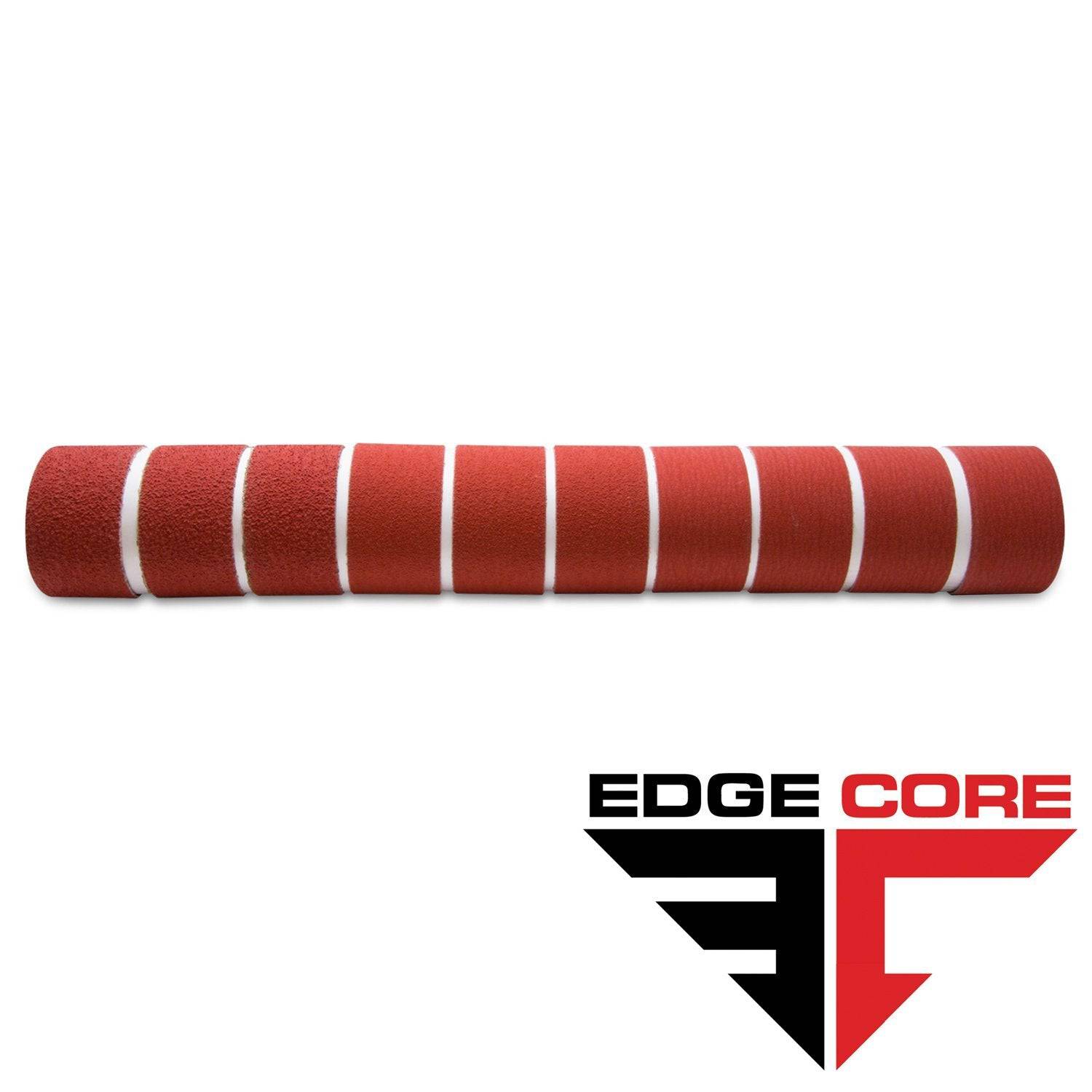
2 X 72 Inch Knife Makers Sanding Belts Assortment
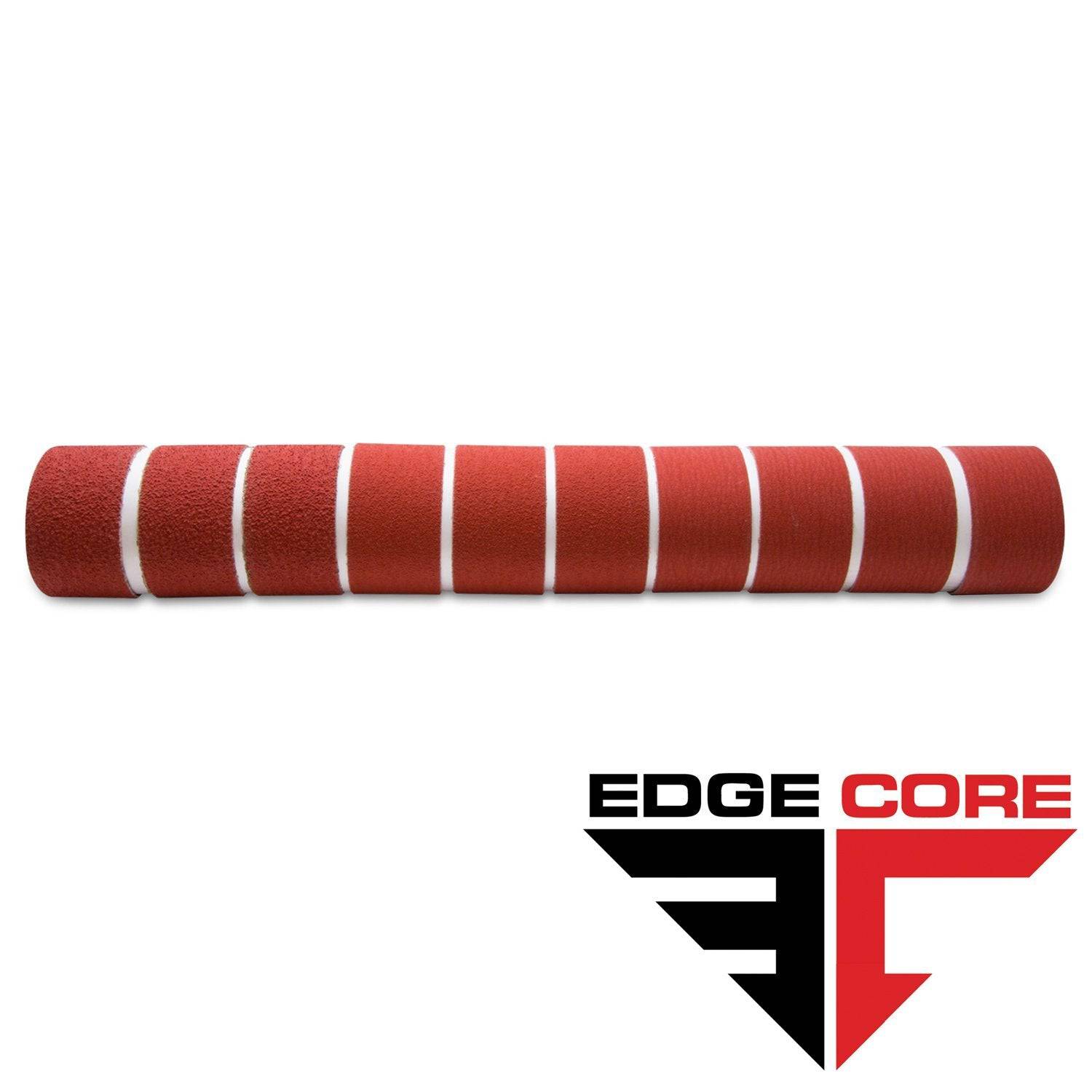
2 X 60 Inch Knife Makers Sanding Belts Assortment
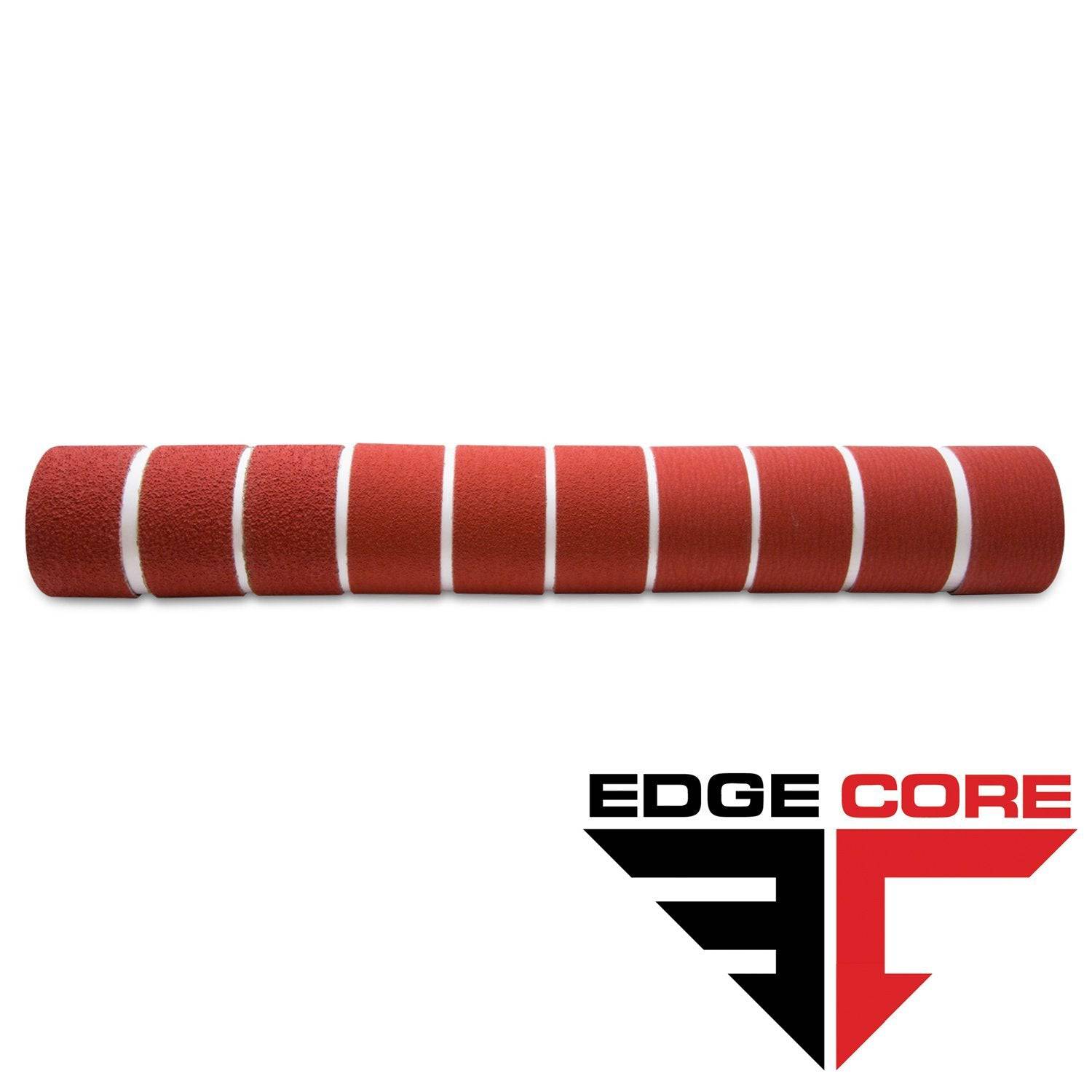
2 X 48 Inch Knife Makers Sanding Belts Assortment
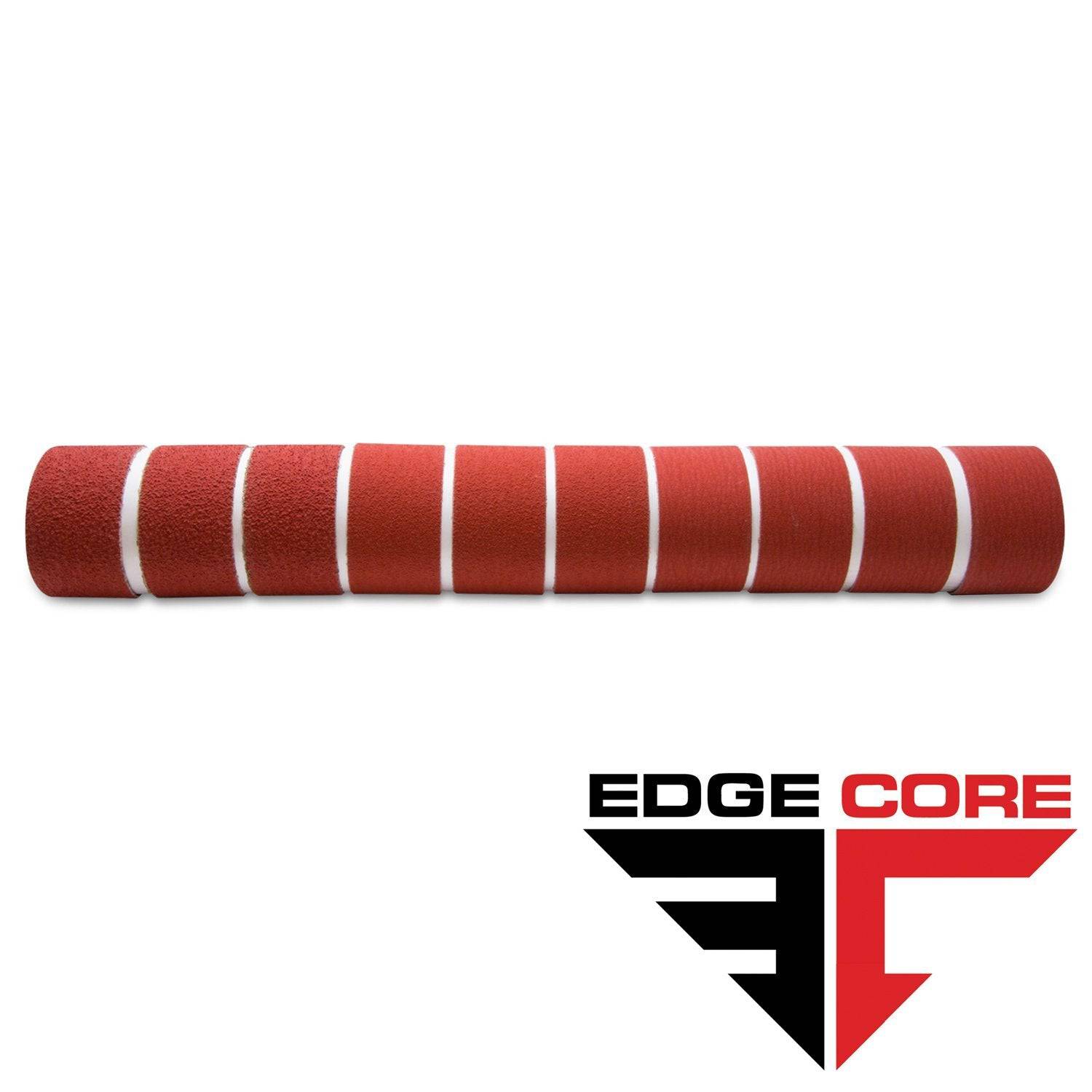
2 X 36 Inch Knife Makers Sanding Belt Assortment
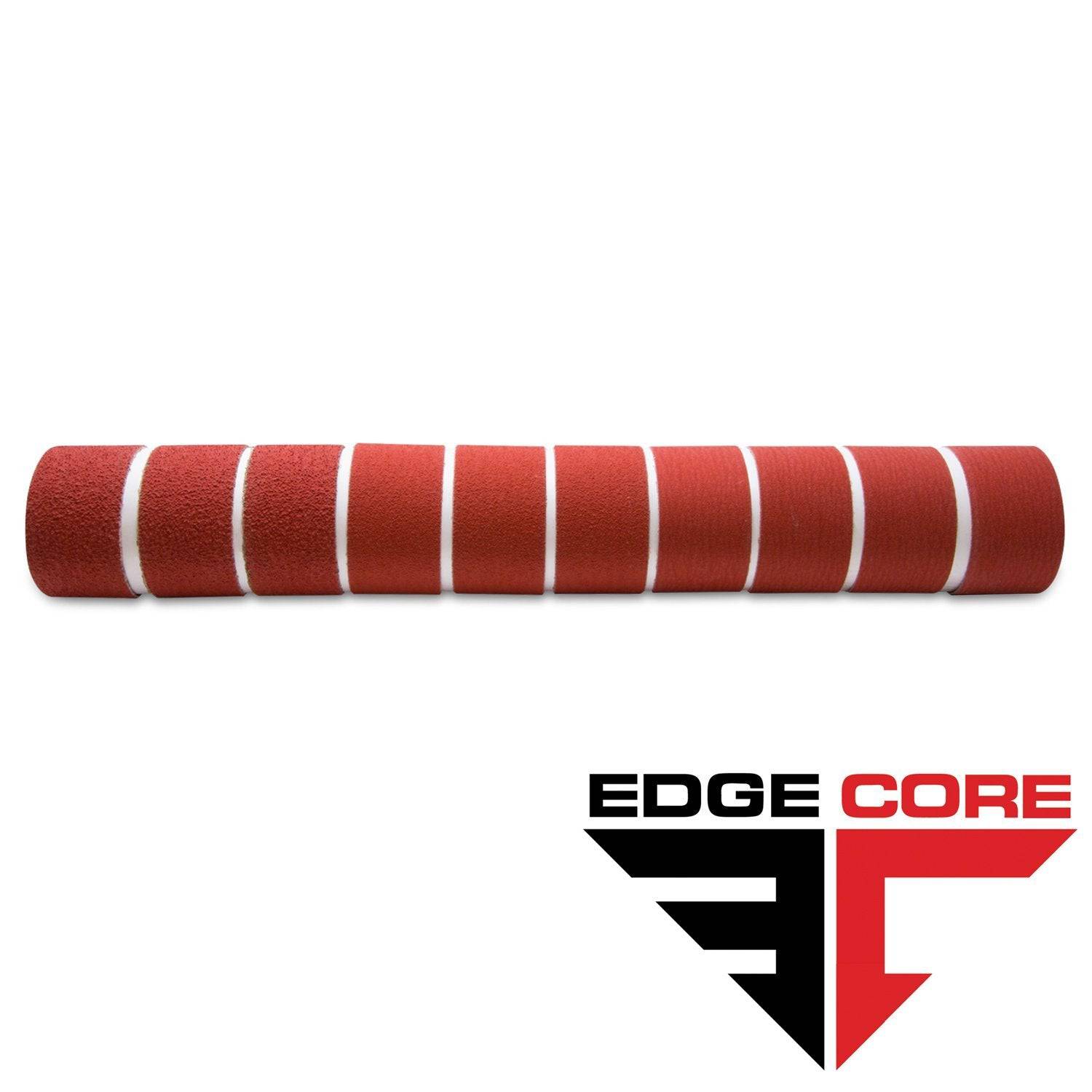
2 X 42 Inch Knife Makers Sanding Belts Assortment
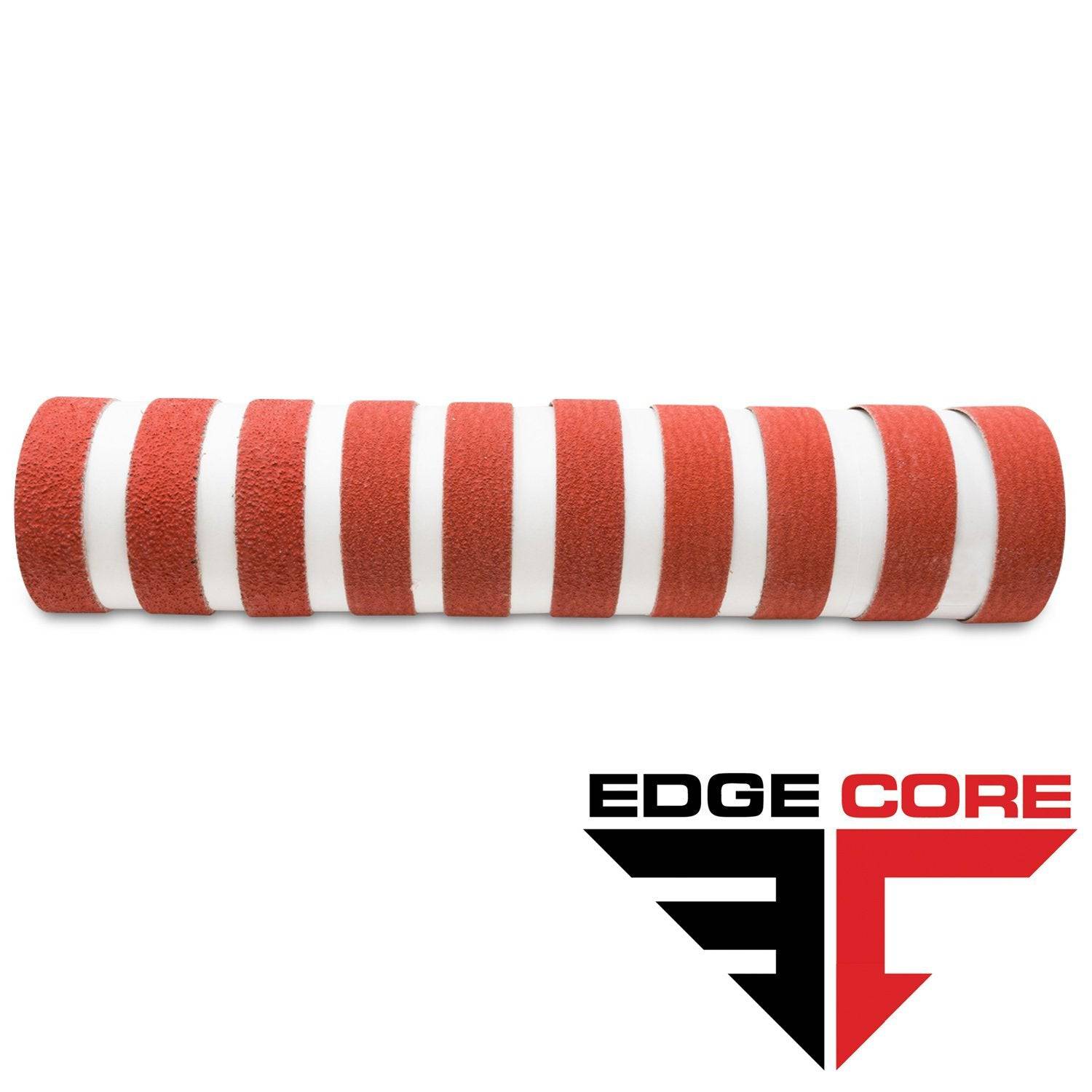
1 X 30 Inch Knife Makers Sanding Belts Assortment
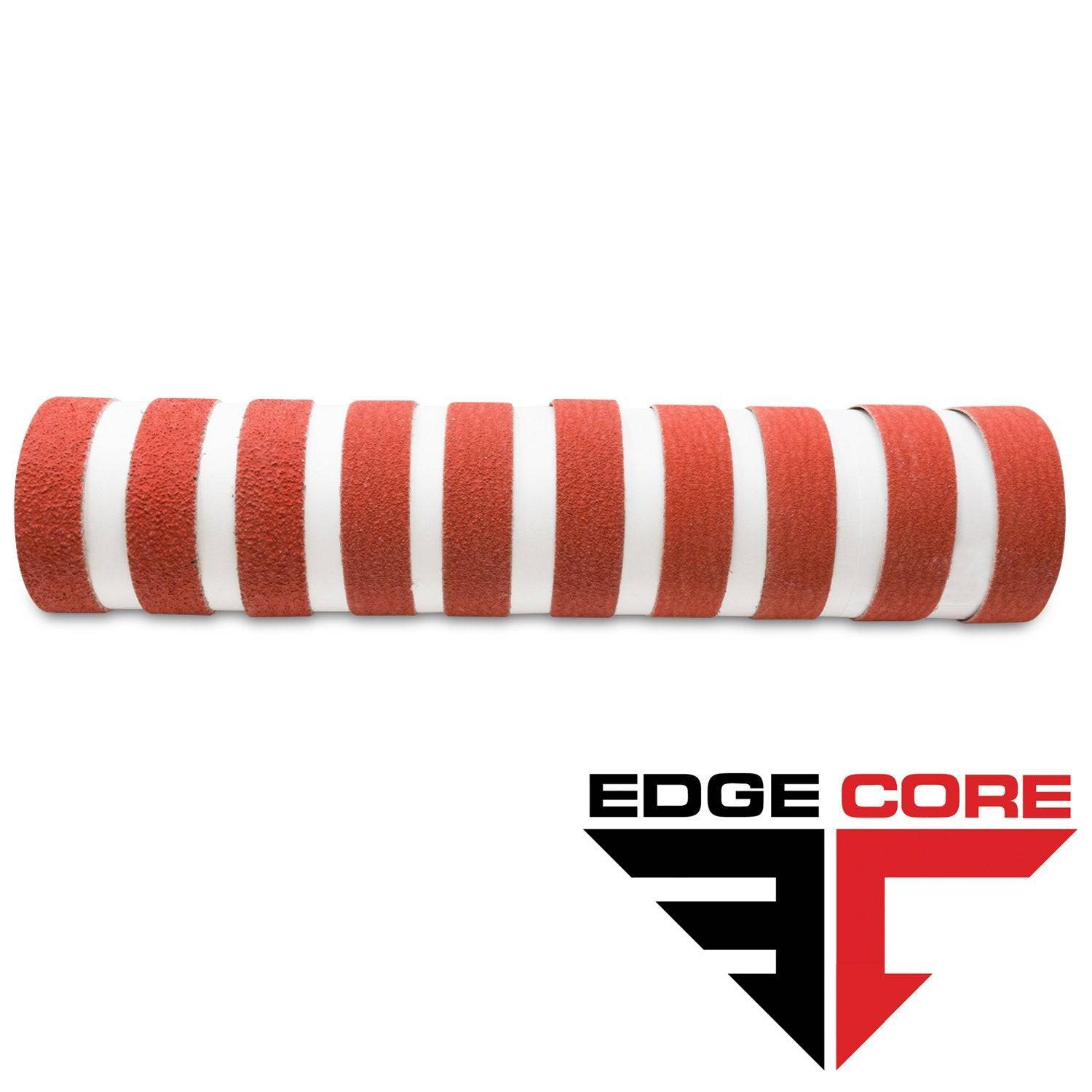
1 x 42 Inch Knife Makers Sanding Belt Assortment
Shop By Product Category





Why Choose Red Label?













